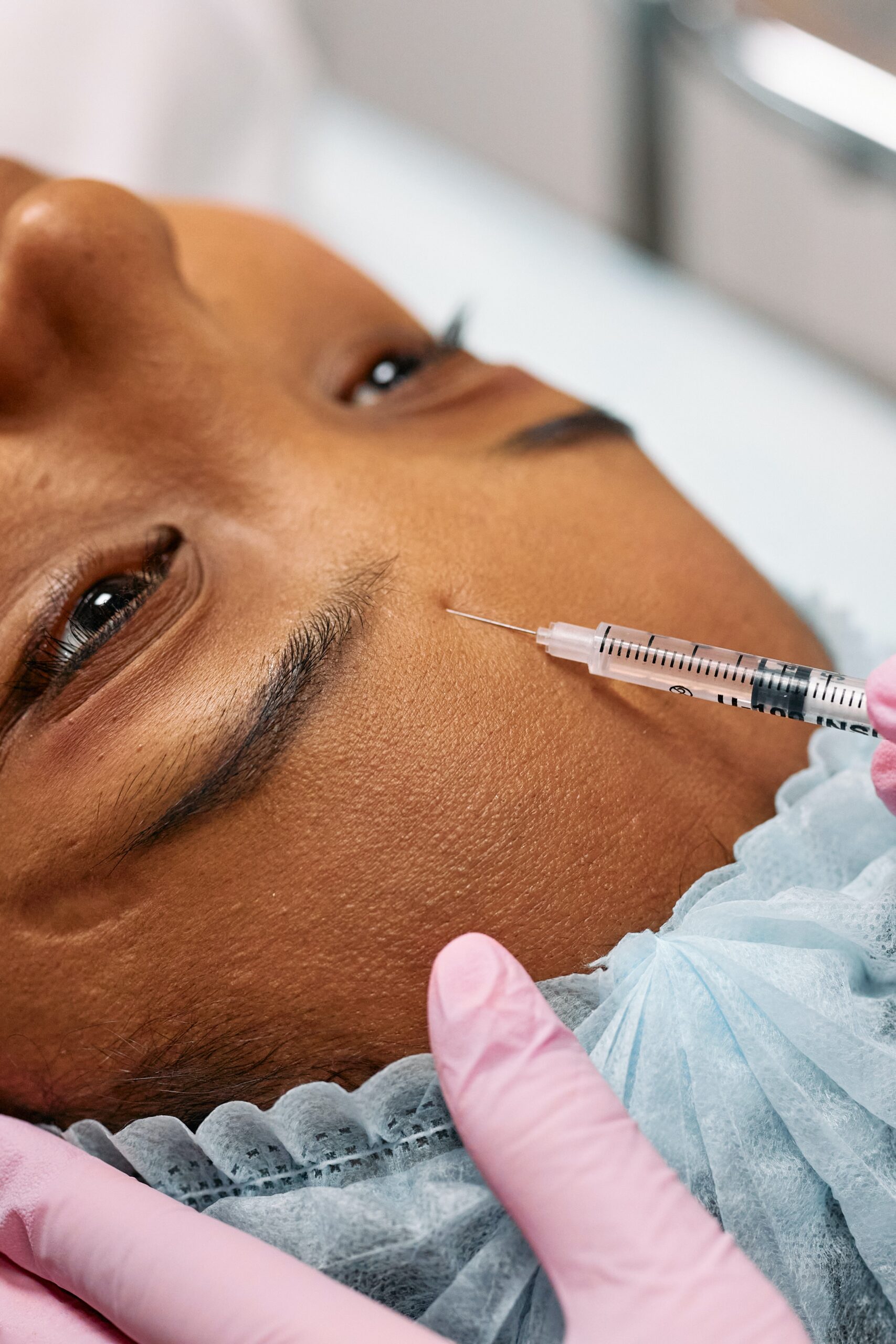In the vibrant beauty and skincare world, the quest for youthful looks and healthy skin has increased demand for professional aesthetics services. To meet this demand, aesthetics training is more important than ever. Whether mastering the art of chemical peels or understanding the science behind cosmetic injectables, these training programs form the backbone of a successful career in this field.
But what exactly does aesthetics training entail? What subjects does a course cover, and how does it prepare you for real-world scenarios in the aesthetics industry? This guide provides an insider’s look into the enriching world of a cosmetic aesthetics training course. From fundamental principles to hands-on practical sessions and post-course learning, we’ll explore how this comprehensive training prepares you for a rewarding career in cosmetic aesthetics. Prepare to delve deep into the journey that transforms passionate individuals into skilled aesthetics professionals.
Fundamental Theory and Principles
A cosmetic aesthetics training course often starts with the fundamentals, introducing students to the essential theories and principles of aesthetics. This foundation includes understanding skin anatomy and physiology, product knowledge, hygiene standards, and client consultation techniques. This theoretical knowledge lays the groundwork for more practical, hands-on training.
Practical Training
Practical training is the heart of any aesthetic training course. Students can master various aesthetic procedures, such as chemical peels, microdermabrasion, and cosmetic injectables. This stage of the course usually involves demonstrations by the trainer, followed by the students practicing the techniques on mannequins or live models under supervision.
Patient Assessment and Consultation Skills
Effective communication and patient consultation skills are key components of aesthetic training. Courses often cover topics such as assessing a client’s needs, recommending appropriate treatments, and explaining potential risks or side effects. This training also typically includes education on patient privacy and maintaining professional boundaries.
Regulatory Compliance and Business Practices
Another important aspect of aesthetics training is learning about regulatory compliance and good business practices. This includes understanding the legal and ethical requirements of performing aesthetic treatments and the basics of managing a cosmetic practice, such as scheduling appointments, managing inventory, and marketing your services.
Continued Learning and Certification
The field of cosmetic aesthetics is constantly advancing, with new technologies and techniques regularly being introduced. Therefore, a key part of aesthetics training is the understanding that learning doesn’t stop after graduation. Many training programs emphasize the importance of continued learning and offer advanced training and certification opportunities.
Conclusion
From understanding skin anatomy to mastering cutting-edge procedures and perfecting patient consultation skills, a cosmetic aesthetics training course offers a comprehensive, hands-on approach to prepare students for a rewarding career in the industry. Such training fosters a deep understanding of aesthetics, equipping trainees with the skills and confidence they need to succeed.
Furthermore, the impact of aesthetics training extends beyond technical competence. It also fosters a culture of continuous learning, encouraging graduates to keep pace with the rapidly evolving trends in this dynamic field. This combination of practical proficiency and an enduring quest for knowledge distinguishes successful professionals in cosmetic aesthetics. So, if you’re drawn to this exciting industry, a thorough and versatile aesthetics training course could be your springboard to success. Dive in, absorb, and emerge as a skilled professional ready to make the world more beautiful.
